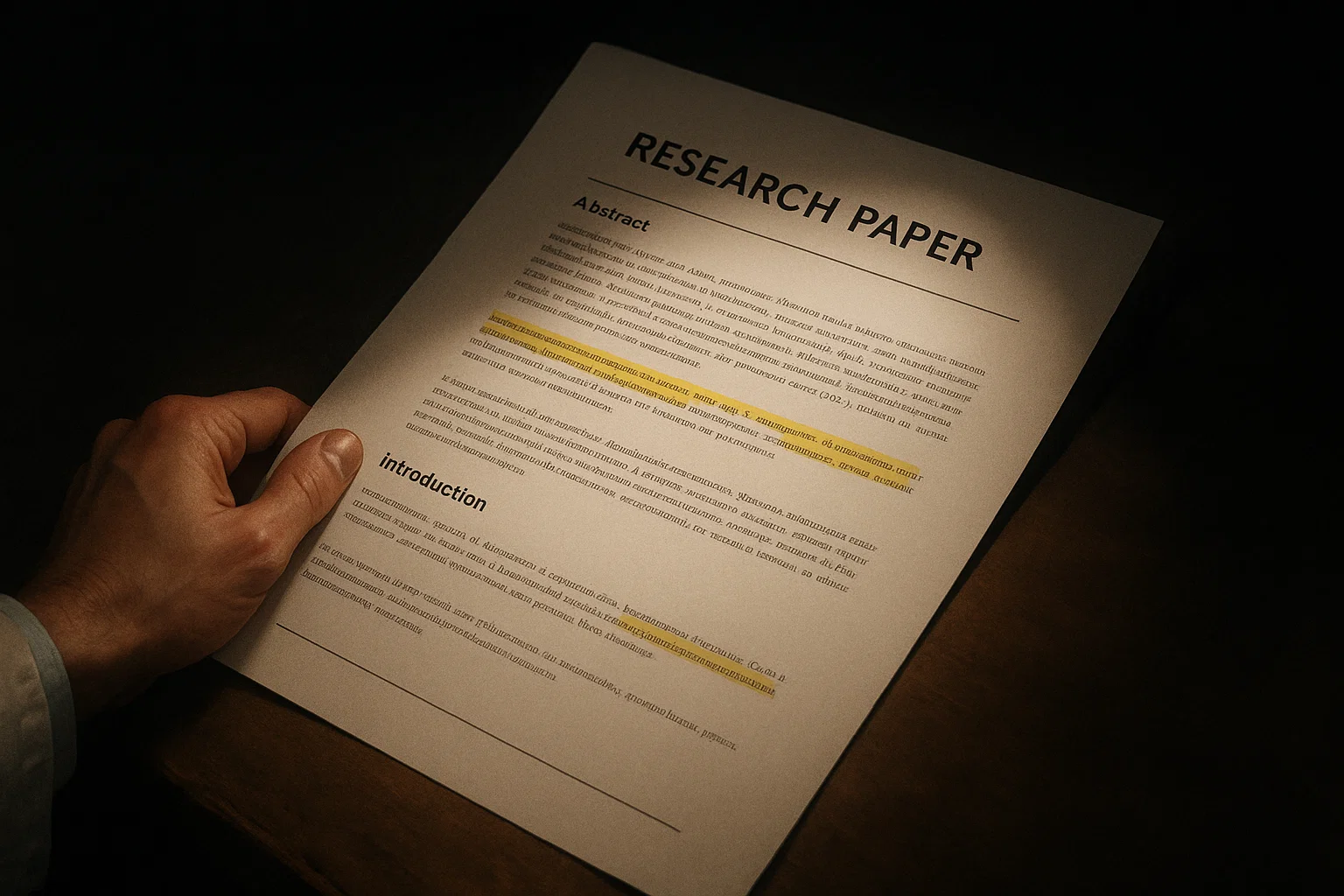No research study is perfect. Every project has constraints that may affect results — and that’s normal. A strong paper acknowledges these openly. Knowing how to write limitations in research papers helps you maintain transparency, credibility, and academic honesty.
This guide explains why limitations matter, common types of limitations, and how to present them effectively with examples.
Why Include Limitations?
The limitations section shows readers you:
- Understand the boundaries of your study.
- Are transparent about weaknesses.
- Have considered how these affect results.
- Can guide future research to build on your work.
Rather than weakening your paper, acknowledging limitations strengthens it by showing critical reflection.
Common Types of Research Limitations
1. Methodological Limitations
Constraints in how the study was designed or conducted.
- Small sample size.
- Lack of randomization.
- Limited control over variables.
Example:
“The study relied on a convenience sample of undergraduate students, which may not fully represent the wider population.”
2. Data Limitations
Issues with the quality, availability, or scope of data.
- Missing data points.
- Self-reported surveys (risk of bias).
- Limited datasets.
Example:
“Survey responses may be subject to social desirability bias, affecting the accuracy of reported behaviors.”
3. Researcher Bias
The researcher’s perspective may influence results, especially in qualitative studies.
Example:
“As the primary interviewer, my interpretations may have been shaped by personal biases, though steps were taken to minimize this.”
4. Generalizability
The extent to which results can be applied beyond the study context.
Example:
“Findings from one university cannot be generalized to all higher education institutions globally.”
5. Practical or Resource Constraints
Limitations caused by time, funding, or access.
Example:
“Due to limited funding, the sample size was smaller than intended, which may reduce statistical power.”
How to Present Limitations Effectively
1. Be Honest and Specific
Avoid vague statements like “The study has some limitations.” Instead, name them clearly.
2. Balance Weaknesses with Strengths
Show awareness of limitations while emphasizing contributions.
“Although the sample was small, it provided detailed insights into…”
3. Suggest Future Directions
Turn limitations into opportunities for improvement.
“Future research should use a larger, more diverse sample to confirm these findings.”
Example Paragraph (Limitations Section)
“This study has several limitations. First, the use of self-reported data introduces the possibility of response bias. Second, the relatively small sample size limits generalizability beyond the study population. Despite these constraints, the findings provide valuable insights into students’ use of AI-powered tools in research. Future studies could build on this work by including larger and more diverse samples.”
Related Reading
- How to Write the Discussion Section of a Research Paper
- How to Avoid Plagiarism in Academic Writing (With Examples)
From the Web
- How to Write Limitations of a Study – Scribbr Guide
- Acknowledging Limitations – USC Libraries Writing Guide
Final Thoughts
Learning how to write limitations in research papers shows maturity as a scholar. Instead of undermining your work, limitations highlight transparency and critical thinking. By acknowledging constraints while emphasizing contributions, you strengthen your paper and guide future research. With ResearchPal’s tools for literature review, data extraction, and citation management, handling limitations becomes part of a smooth and professional research process.


